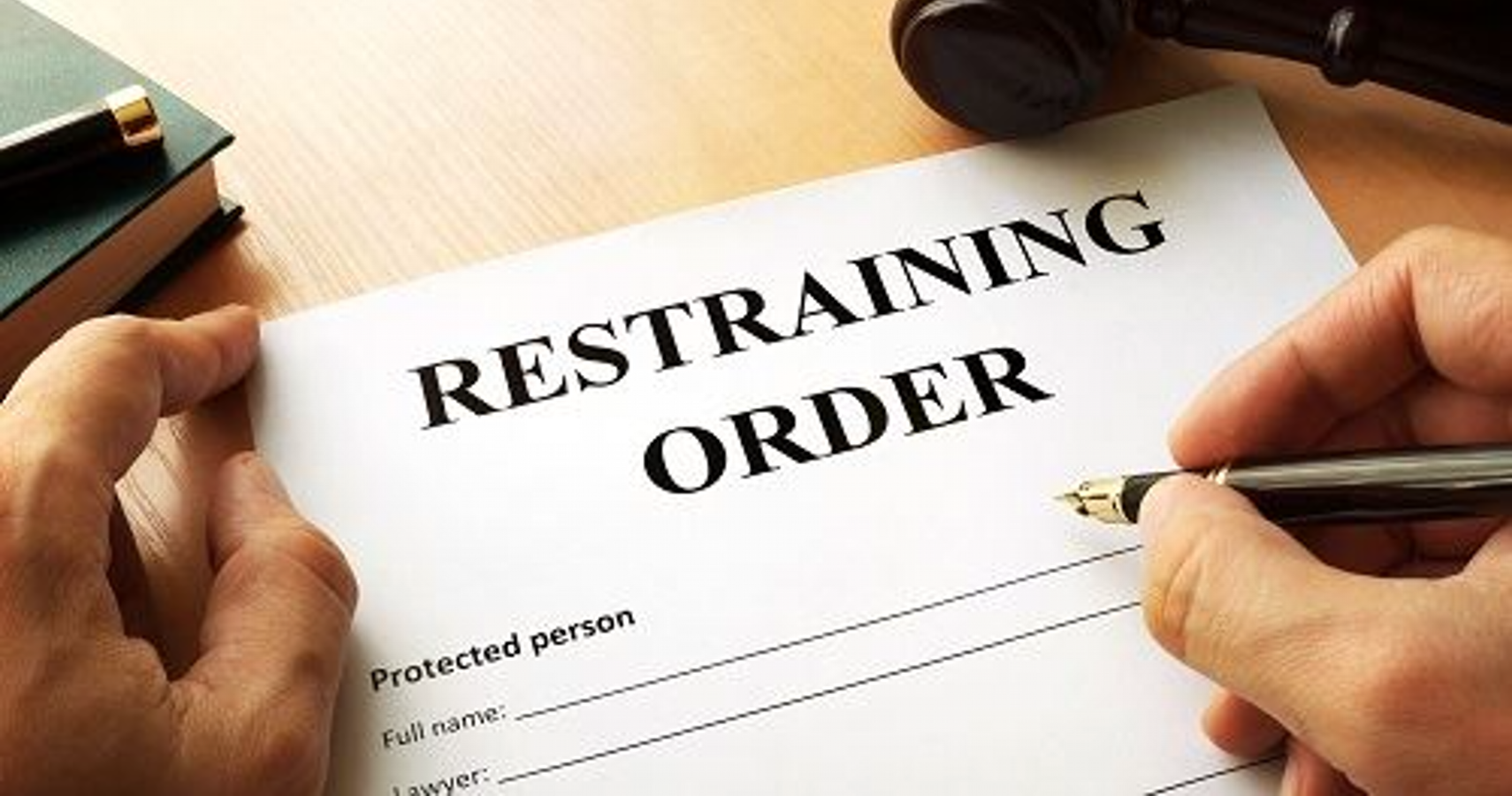Parents may be hesitant to tell their children's schools about restraining orders so that kids are not treated any differently and the belief that there is nothing school administration can do about the restraining order. However, schools are responsible for the health and safety of kids while they are on the premises during school hours. Not telling them there is a restraining order in place negates this from happening. This is why parents need to inform their children's school about a restraining order.
There is any number of reasons that a restraining order is put into place. And regardless of how little parents want to share with school officials, it is necessary to do so, so that the restraining order can be upheld. After all, if there was not a need for the restraining order, parents would not have gotten one.
As such, telling the school about the court order is imperative so that not only the child to be protected per the order stays safe, but their peers at school do as well.
Here is why you need to inform your child's school about a restraining order.
What A Restraining Order Is
A restraining order is a court document that protects people from being "physically or sexually abused, threatened, stalked, or harassed," according to California Courts.
Those who set out to get the restraining order are called the "protected person" or "protected persons," per the publication.
According to California Courts, restraining orders stop those named in the document from having contact with the protected persons. Those ways of stopping contact include:
- No calling, visiting, or sending messages
- No physical violence
- No stalking
- No threatening
- No disturbing the peace of protected persons
- No harassing
- Keep a certain distance away from protected persons such as at school, after-school activities, vehicles, a parent's work, etc.
Because of these restrictions regarding contact, parents may not be able to see their kids, may not be able to go places they used to frequent, or may even have to leave their homes. It all depends on what the restraining order states.
Why Schools Need To Know About Restraining Orders
School officials need to be informed of restraining orders that are in place so that they can keep both the students named as protected persons in the order and the rest of the school as well.
According to California Partnership To End Domestic Violence, "schools have a legal responsibility to keep students safe while they are at school." Because of this, they need to abide by the terms of the restraining order.
As such, kids cannot be released to the parent named in the order or allow any contact with them on or near the school. Something they would not know if not informed that a restraining order was in place.
Therefore, to keep all kids and school staff safe on campus, parents need to let officials know when a restraining order has been signed and provide a copy to be held in the student file to be abided by.
How Schools Enforce Restraining Orders
The way that schools choose to enforce restraining orders may vary not only by school district but by schools as well.
According to the Peterborough Victoria Northumberland and Clarington Catholic District School Board, there may be certain protocols that are followed when parents present the school with a restraining order in place to protect a student from a parent or other person in their lives. Those protocols include:
- Meet with the parent who put the restraining order in place to determine safety protocols
- Meet with the parent named in the restraining order to let them know what the restrictions are
- Give copies of the restraining order to teachers that the student has contact with, so they know who is restrained
- Note if the expiration date is during the school year or beyond
- Discuss with the parent who filed the order about how to best protect the child
- Have a plan in place to know what to do if the restrained person is found on or near campus or tries to contact the student
Many schools may not feel comfortable confronting the person named in the order. As such, they may note the contact with the student from the restrained parent and contact the police with that information accordingly.
Source: California Courts, California Partnership To End Domestic Violence, Peterborough Victoria Northumberland and Clarington Catholic District School Board




.png)